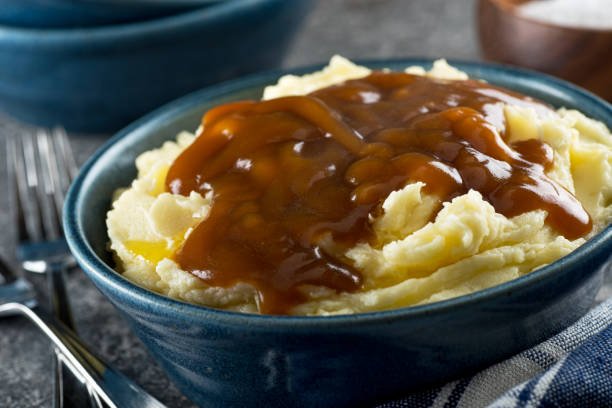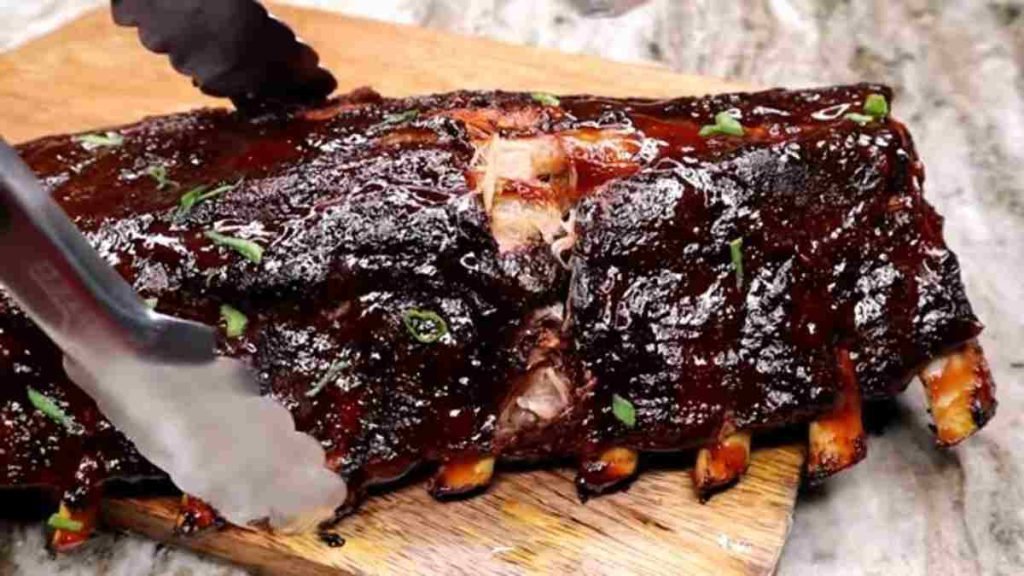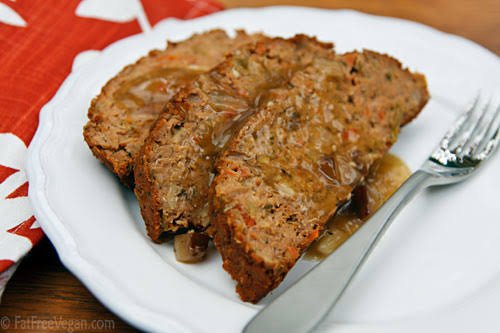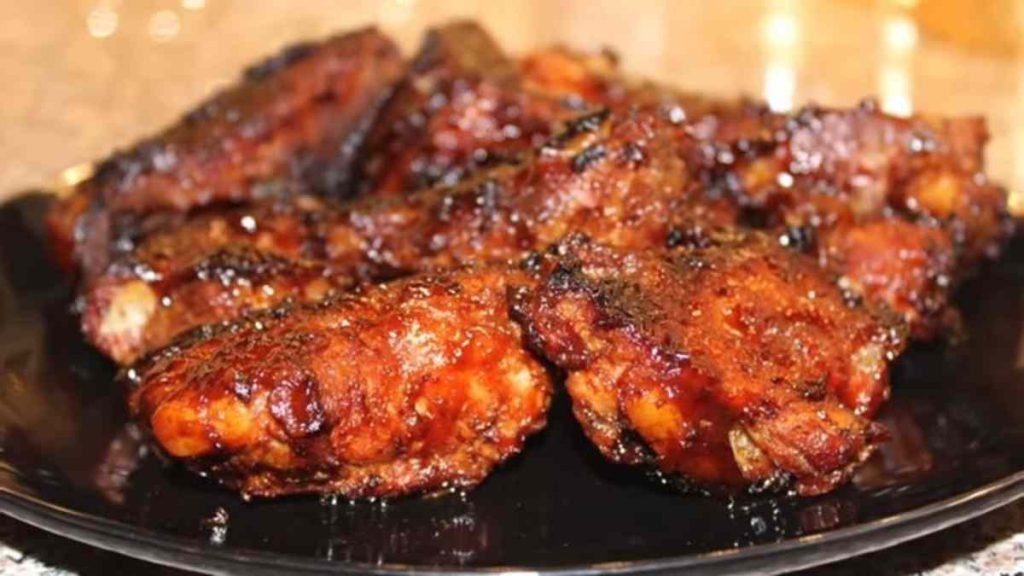Taramosalata, as a Greek delicacy, has captivated taste buds for centuries, it is a creamy and flavoursome dip that holds a special place in Mediterranean cuisine. Taramosalata is made with fish roe as the star ingredient, this delightful dish boasts a rich history, a unique taste profile, and an undeniable appeal that sets it apart from other dips.
Taramosalata’s roots can be traced back to ancient Greece, where it was cherished as a delicacy by the Byzantine Empire. The dish has evolved, adapting to regional variations and incorporating new ingredients, but its essence remains the same.
Ingredients For Taramosalata Recipe
To prepare Taramosalata, you will need the following major ingredients:
- Tarama (Fish Roe): 150 grams
- Bread: 2-3 slices of stale white bread (approximately 100 grams)
- Lemon Juice: 3 tablespoons (adjust to taste)
- Olive Oil: ½ cup (120 ml) extra virgin olive oil (adjust to desired consistency)
- Garlic: 2-3 cloves, minced or grated
- Water: ¼ cup (60 ml)
- White Onion: 1 small onion, finely chopped
- Salt: ½ teaspoon (adjust to taste)
- Pepper: ¼ teaspoon (adjust to taste)
Optional Ingredients (for variations and garnish):
- Dill: 2 tablespoons, finely chopped (for a fresh herb flavour)
- Parsley: 2 tablespoons, finely chopped (for added freshness)
- Capers: 2 tablespoons, finely chopped (for a tangy twist)
- Red Onion: 1 small onion, thinly sliced (for garnish)
- Paprika or Chili Flakes: For a hint of spice (to taste)
- Extra Olive Oil: For drizzling on top (to taste)
- Kalamata Olives: For garnish (optional)
Step-by-Step Guide Taramosalata Recipe Cooking Direction
Follow this step-by-step guide to prepare your taramosalata:
Step 1: Soak the Bread
Start by soaking the stale white bread slices in water for a few minutes until they become soft. Once softened, squeeze out any excess water and set the bread aside.
Step 2: Prepare the Tarama
In a bowl, place the fish roe (Tarama). It’s important to note that some varieties of tarama may come salted, while others are unsalted. Adjust the seasoning accordingly, keeping in mind the saltiness of the fish roe.
Step 3: Blend the Ingredients
In a food processor or blender, add the soaked bread, minced garlic, chopped onion, lemon juice, and water. Blend until you achieve a smooth mixture.
Step 4: Incorporate the Tarama
Add the blended mixture to the bowl of fish roe (tarama). Using a fork or spatula, gently fold and mix the ingredients. Continue until the taramosalata is well combined and has a creamy consistency.
Step 5: Add Olive Oil
Slowly drizzle the extra virgin olive oil into the taramosalata mixture while continuously whisking or stirring. The olive oil helps create a smooth and velvety texture.
Adjust the amount of olive oil to reach the desired consistency. You can add more for a creamier dip or less for a thicker texture.
Step 6: Season with Salt and Pepper
Taste the taramosalata and season it with salt and pepper to enhance the flavours. Remember to go easy on the salt if your fish roe is already salted. Adjust the seasoning according to your taste preferences.
Step 7: Optional Ingredients
At this point, you can add optional ingredients to customize your taramosalata. Finely chopped dill, parsley, or capers can add an extra layer of flavour.
Mix them into the taramosalata until well incorporated.
Step 8: Chill and Serve
Transfer the prepared taramosalata to a serving dish or container. Cover it and refrigerate for at least 1-2 hours to allow the flavours to meld together and the dip to firm up slightly. Chilling also helps enhance the taste and texture.
Step 9: Garnish and Serve
When ready to serve, garnish the taramosalata with a drizzle of olive oil, thinly sliced red onions, a sprinkle of paprika or chilli flakes for a touch of heat, and Kalamata olives for added visual appeal. Serve chilled with warm pita bread, fresh vegetables, or as a spread on sandwiches or wraps.
Equipment For Preparing Taramosalata Recipe
To prepare Taramosalata, you’ll need the following equipment:
Food Processor or Blender: A food processor or blender is essential for achieving a smooth and creamy consistency for the dip. It helps blend the soaked bread, garlic, onion, and other ingredients into a homogeneous mixture.
Mixing Bowl: A medium-sized mixing bowl is required to combine the tarama (fish roe) with the blended ingredients. It provides ample space for mixing and ensures the even distribution of flavours.
Fork or Spatula: You’ll need a fork or spatula for gently folding and mixing the tarama with the blended mixture. It allows you to incorporate the ingredients together without overmixing.
Whisk: A whisk can be used to incorporate the olive oil into the taramosalata mixture. It helps in achieving a smooth and creamy texture by emulsifying the oil with the other ingredients.
Measuring Spoons: Accurate measurements are crucial for achieving the desired balance of flavours. Measuring spoons, including teaspoons and tablespoons, are necessary for measuring ingredients like lemon juice, salt, and pepper.
Knife and Cutting Board: A knife and cutting board are needed for mincing the garlic, finely chopping the onion, and slicing any optional garnishes such as red onions or herbs.
Serving Dish or Container: Once the taramosalata is prepared, it can be transferred to a serving dish or container for presentation and storage. Choose a suitable dish that complements the dip and has enough space for garnishes.
Plastic Wrap or Lid: To store the taramosalata in the refrigerator, you’ll need either plastic wrap or a lid for the container. This helps keep the dip fresh and prevents any unwanted odours or flavours from permeating.
Refrigerator: Lastly, a refrigerator is necessary for chilling and storing the taramosalata. It allows the dip to firm up slightly and for the flavours to meld together. Ensure you have adequate space to accommodate the container.
Tips & Tricks for the Perfect Taramosalata Recipe
Use these expert tips and tricks to help you prepare the best taramosalata:
1. Quality Fish Roe (Tarama)
The key ingredient of Taramosalata is the fish roe, also known as tarama. Opt for fresh, high-quality tarama to ensure a superior taste. If possible, purchase it from a reputable seafood market or speciality store.
2. Soaking Bread
To soften the bread and create a creamy texture, it’s crucial to soak the stale white bread slices in water. Make sure to use white bread with a soft texture and remove the crust before soaking.
Squeeze out excess water from the bread before blending it with the other ingredients.
3. Balanced Seasoning
Achieving the perfect balance of flavours is essential in Taramosalata. Start with minimal seasoning, as the fish roe can vary in saltiness.
Taste the mixture as you go along and gradually add salt, pepper, and lemon juice to achieve a well-rounded taste. Remember, it’s easier to add more seasoning than to correct an overly seasoned dip.
4. Olive Oil
Choose a good quality extra virgin olive oil to add a rich and smooth flavour to your Taramosalata. Slowly drizzle the olive oil into the mixture while whisking or stirring continuously. This gradual incorporation helps emulsify the oil and create a creamy consistency.
5. Consistency Control
Adjust the amount of olive oil and water to achieve the desired consistency. Add more olive oil for a creamier and smoother dip or reduce it for a thicker texture. Similarly, adjust the amount of water to control the thickness of the Taramosalata.
6. Garnish Creatively
When it comes to presentation, don’t be afraid to get creative with garnishes. Drizzle a little extra olive oil on top, sprinkle some paprika or chilli flakes for colour and heat, garnish with thinly sliced red onions or Kalamata olives, and add a sprig of fresh herbs for an elegant touch.
These garnishes not only enhance the visual appeal but also add a burst of flavour to each bite.
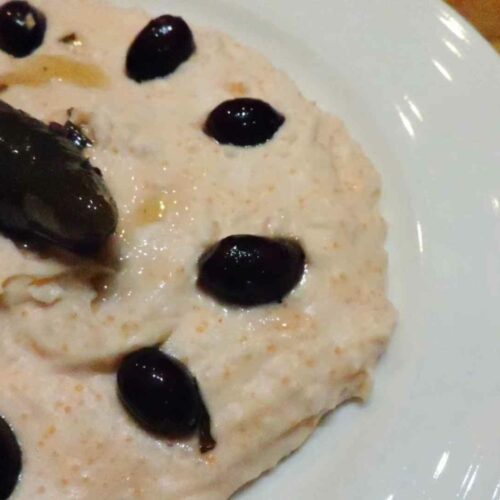
Taramasalata with Pita Chips Recipe
Ingredients
- Tarama (Fish Roe): 150 grams
- Bread: 2-3 slices of stale white bread (approximately 100 grams)
- Lemon Juice: 3 tablespoons (adjust to taste)
- Olive Oil: ½ cup (120 ml) extra virgin olive oil (adjust to desired consistency)
- Garlic: 2-3 cloves, minced or grated
- Water: ¼ cup (60 ml)
- White Onion: 1 small onion, finely chopped
- Salt: ½ teaspoon (adjust to taste)
- Pepper: ¼ teaspoon (adjust to taste)
Instructions
- Soak the stale white bread slices in water for a few minutes until they become soft. Squeeze out excess water and set the bread aside.
- In a bowl, place the fish roe (tarama).
- In a food processor or blender, add the soaked bread, minced garlic, chopped onion, lemon juice, and water. Blend until you achieve a smooth mixture.
- Add the blended mixture to the bowl of fish roe (tarama) and gently fold and mix until well combined.
- Slowly drizzle the extra virgin olive oil into the taramosalata mixture while continuously whisking or stirring.
- Taste the taramosalata and season with salt and pepper to your preference. Adjust the seasoning accordingly.
- Transfer the prepared taramosalata to a serving dish or container, cover, and refrigerate for at least 1-2 hours to allow the flavours to meld together.
- When ready to serve, garnish with a drizzle of olive oil, thinly sliced red onions, and Kalamata olives.
- Serve chilled with warm pita bread, fresh vegetables, or as a spread on sandwiches or wraps.
Video
What to Eat With Taramasalata
It flavor and texture make it a good combo condiment that pairs beautifully with a variety of dishes.
1. Pita Bread and Vegetables
Taramasalata is a perfect partner for fresh pita bread and an array of crisp vegetables. Slice cucumbers, bell peppers, cherry tomatoes, and radishes for a refreshing crunch that complements the dip’s creamy texture.
Tear pieces of warm pita bread for dipping, creating a harmonious blend of flavors and textures.
2. Olives and Feta Cheese
A classic Greek combination, olives and feta cheese provide a delightful contrast to the rich and salty taramasalata. The olives offer briny notes, while the creamy feta cheese adds a tangy, salty edge that balances the dip’s flavors.
3. Grilled Seafood
Taramasalata pairs wonderfully with grilled seafood like shrimp, calamari, or octopus. The dip’s briny essence complements the natural flavors of the seafood and creates a sensational combination of textures and tastes.
4. Meze Platter
Create a Mediterranean-inspired meze platter by combining taramasalata with other Greek and Middle Eastern favorites. Include dishes like hummus, tabbouleh, falafel, and dolmades to offer a variety of flavors and textures.
5. Lamb or Beef Kebabs
Taramasalata works as an excellent dip or sauce for grilled meat kebabs. The dip’s creamy nature and salty undertones add a luscious dimension to the succulent meat, enhancing the overall experience.
6. Fresh Fish
For a seafood extravaganza, serve taramasalata alongside fresh fish dishes like baked, grilled, or pan-seared fish fillets. The dip’s rich, briny profile beautifully complements the mild flavors of the fish.
7. Roasted Vegetables
Pairing taramasalata with roasted vegetables like eggplant, zucchini, and red bell peppers creates a medley of contrasting textures and flavors. The dip’s creaminess enhances the earthy and smoky notes of the vegetables.
8. Crusty Bread
Dipping crusty bread into taramasalata is a simple yet indulgent option. The bread’s crispy exterior and soft interior are the perfect vehicles for scooping up the creamy dip.
Storage Tips for Taramasalata
How do you ensure this condiment retains its freshness and flavor when you can’t finish it a go?
1. Use Airtight Containers
To prevent air from reaching the taramasalata, store it in an airtight container. This helps to maintain its creamy texture and prevents it from drying out or absorbing any odors from the refrigerator.
2. Keep it Covered
Always cover the surface of the taramasalata with a layer of plastic wrap before sealing the container. This prevents a skin from forming on the surface, which can affect the dip’s texture and taste.
3. Check the Expiration Date
When you purchase taramasalata from a store, check the expiration date on the packaging. It’s essential to consume it within the specified time frame to ensure the dip’s quality.
4. Use Clean Utensils
When serving or scooping out taramasalata, ensure that the utensils you use are clean and dry. This prevents any contaminants from affecting the dip’s shelf life.
How Long Does Tarama Last in the Fridge?
It can last in the fridge for about 3 to 5 days. Its shelf life is influenced by several factors, including the ingredients used and how it’s prepared and stored.
To maximize the freshness of taramasalata, it’s crucial to keep it refrigerated at a temperature below 40°F (4°C) in an airtight container. Additionally, covering the surface of the dip with a layer of plastic wrap before sealing the container can help prevent it from drying out and forming a skin.
It’s essential to consume taramasalata within the recommended timeframe and to regularly check for signs of spoilage, such as off odors, changes in texture, or discoloration. If any of these indicators are present, it’s best to discard the dip to avoid potential health risks.
Can You Eat Tarama When Fasting?
In some fasting traditions, such as Orthodox Christian fasting during Lent, fish and seafood are allowed, making taramasalata a suitable choice. However, it’s essential to ensure that the taramasalata is prepared in accordance with the fasting guidelines, which may include using plant-based ingredients and avoiding dairy.
It’s important to respect the fasting rules of your specific tradition and exercise discretion when consuming tarama or any other food during fasting periods. Ultimately, the permissibility of eating tarama while fasting depends on the particular fasting guidelines and practices you follow. Consulting with a knowledgeable source within your faith or tradition can provide you with clear guidance on what is allowed.





